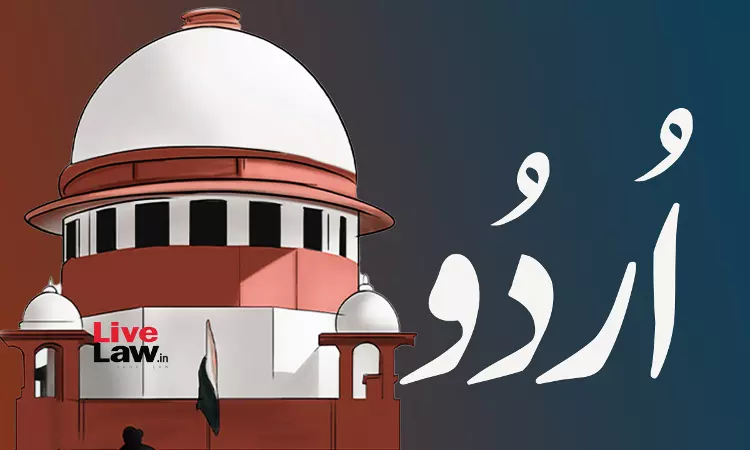Urdu & Hindi One Language According To Scholars; Language Shouldn't Become A Cause For Division : Supreme Court
Gursimran Kaur Bakshi
16 April 2025 11:51 AM IST

The Court said that a language should not be linked to any religion.
Next Story
16 April 2025 11:51 AM IST
